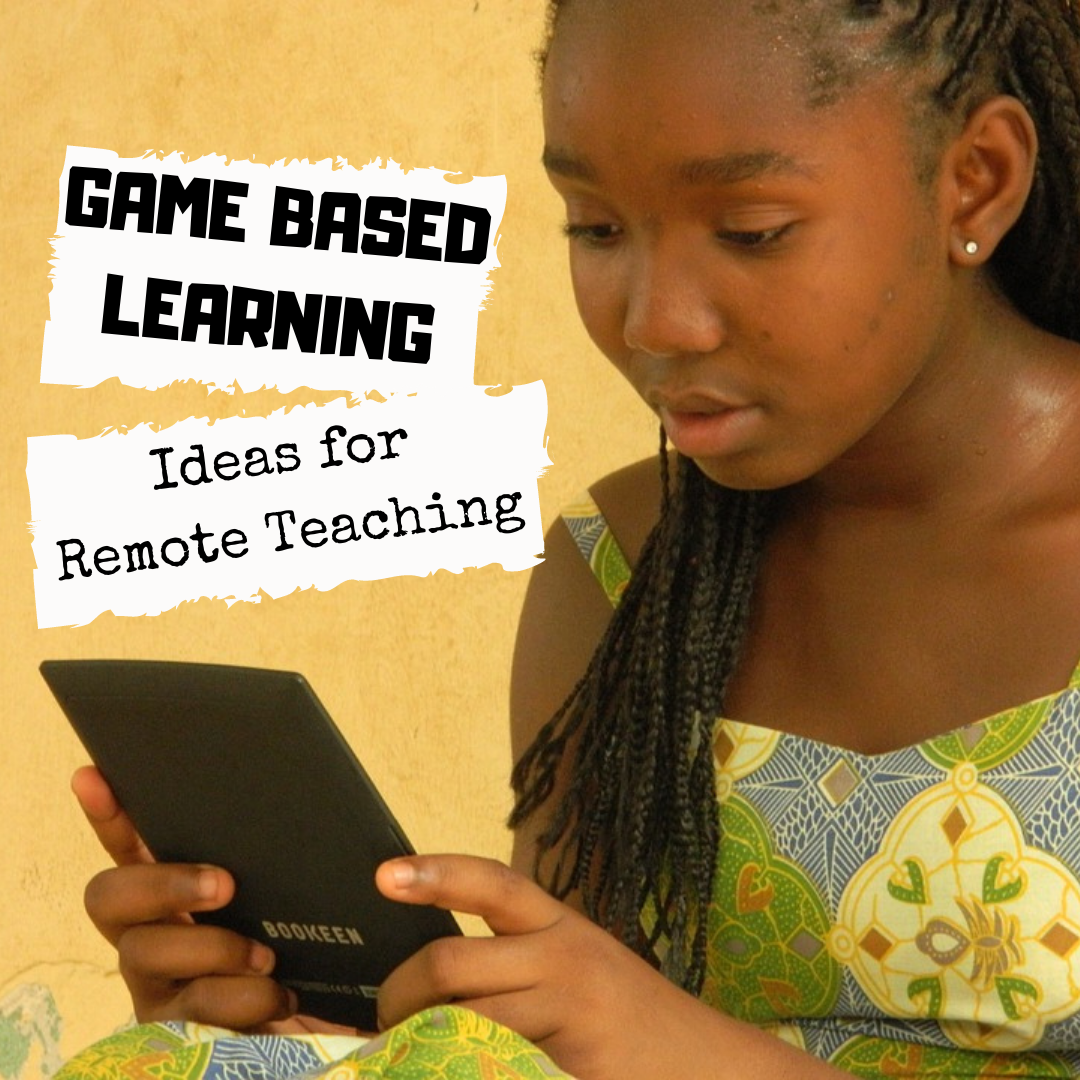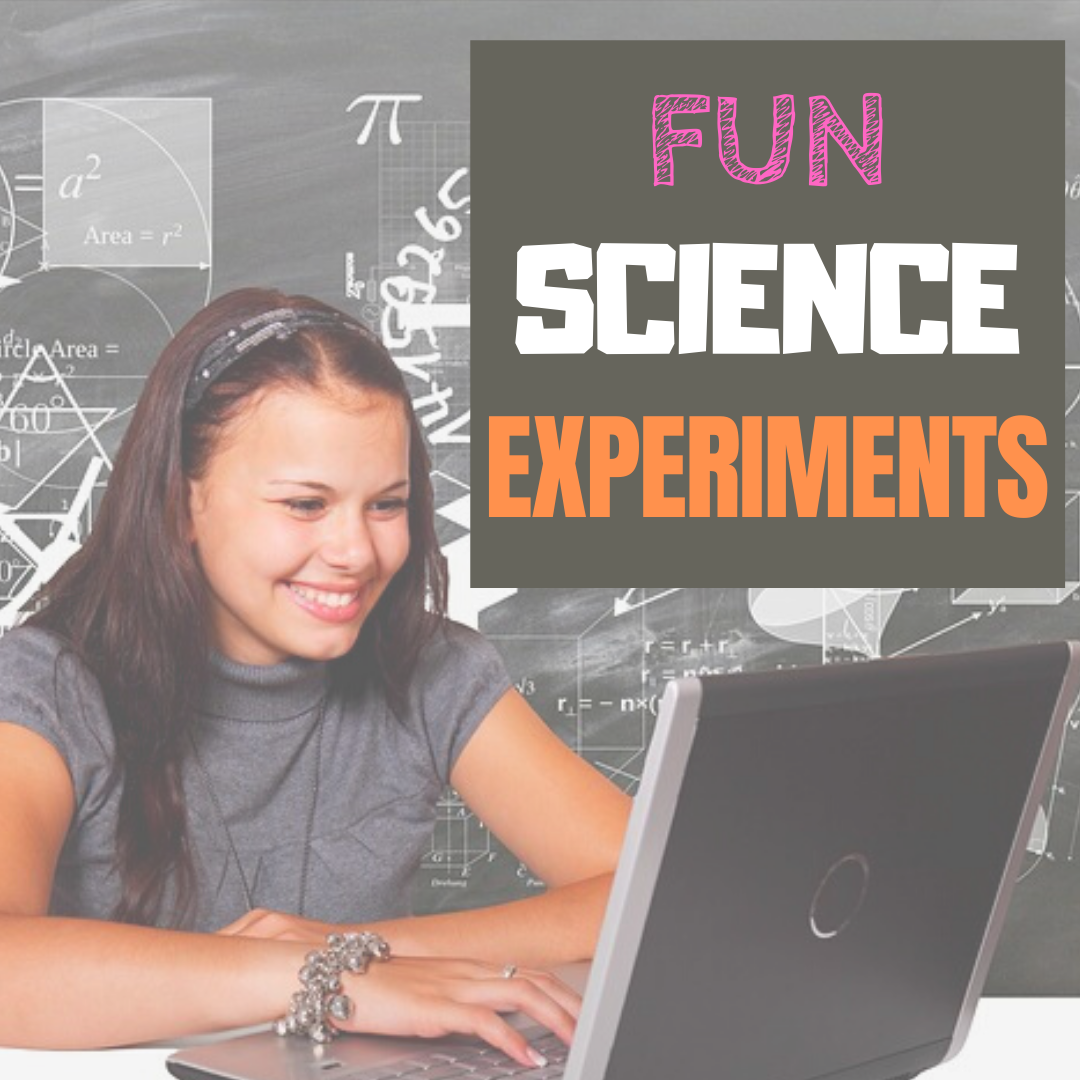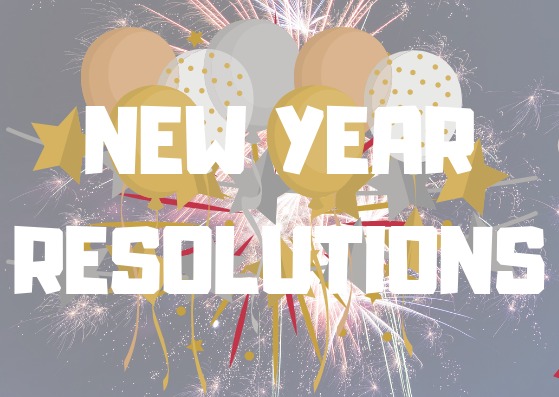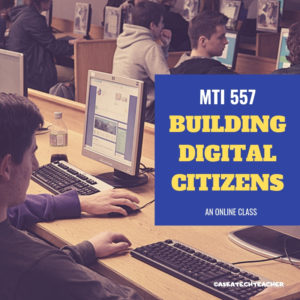Year: 2021
Edtech Trends From 2020 And Beyond
Hi there, my name is Roman Zhidkov, a happy contributor to Ask a Tech Teacher. I’m the CTO of a tech company and for more than five years I have been busy with teaching programming courses and sharing my expertise with novice specialists. I can tell from experience that it’s a prerequisite for a teacher to follow trends due to the fast-changing market and nuances of working with young professionals with a progressive mindset.
Besides, the living conditions can dramatically change at any moment like it has been with the COVID-19 pandemic. That’s why it’s better to prepare for any changes in advance. So, in this article, I’m going to share my thoughts and experience about the technologies and solutions that reshape the educational industry and the way we learn in 2020 and beyond.
6 Edtech Trends to Keep an Eye On
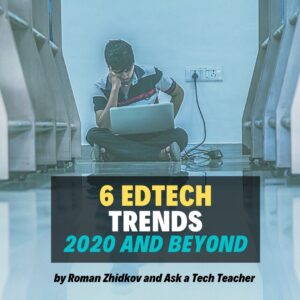 The educational field was constantly evolving along with new technologies even before the pandemic. However, due to the rapid spread of the coronavirus and the global lockdown, distance learning became vital in 2020. That led to a rise of different e-learning platforms and solutions such as learning management systems (LMSs), learning experience platforms (LXPs), learning analytics platforms (LAPs), and so on. All that opened a lot of doors and possibilities for both teachers and students.
The educational field was constantly evolving along with new technologies even before the pandemic. However, due to the rapid spread of the coronavirus and the global lockdown, distance learning became vital in 2020. That led to a rise of different e-learning platforms and solutions such as learning management systems (LMSs), learning experience platforms (LXPs), learning analytics platforms (LAPs), and so on. All that opened a lot of doors and possibilities for both teachers and students.
Integration of various technologies can help you to improve the courses, making the process more engageable, immersive, personalized, effective, interacting, etc. Below you’ll find 6 tech trends that are must-have in 2020 and beyond. Let’s analyze them to find out what profit they offer.
Video-Based Learning
Do you know that 70% of millennials used YouTube videos for learning something new even before the quarantine? And due to the pandemic, video-based learning is booming in distance learning conditions because all we — teachers — were forced to use the technology during the lockdown.
And I can say that watching my students, who come to my courses to gain knowledge, the effectiveness of learning not only didn’t begin a downturn but raised. Videos are extremely beneficial to make content comprehensible and enrich lessons. All that not only improves the learners’ outcomes but reduces teachers’ workload.
The key features of video-assisted learning are scalability and repetitiveness. Thus, you can record a series of lectures and students can watch them at any time, anywhere. Besides, lecturers can prepare such types of videos as:
Share this:
- Click to share on Facebook (Opens in new window) Facebook
- Click to share on X (Opens in new window) X
- Click to share on LinkedIn (Opens in new window) LinkedIn
- Click to share on Pinterest (Opens in new window) Pinterest
- Click to share on Telegram (Opens in new window) Telegram
- Click to email a link to a friend (Opens in new window) Email
- More
Game-based Learning in Remote Teaching
A great infographic done using Easelly:
Made with Easelly infographic templates
Share this:
- Click to share on Facebook (Opens in new window) Facebook
- Click to share on X (Opens in new window) X
- Click to share on LinkedIn (Opens in new window) LinkedIn
- Click to share on Pinterest (Opens in new window) Pinterest
- Click to share on Telegram (Opens in new window) Telegram
- Click to email a link to a friend (Opens in new window) Email
- More
5 Fun Science Experiments Kids Do at Home
Getting ready for extra time with kids? Here are five great ideas that are energizing and motivating:
5 Fun Science Experiments Kids Can Do at Home
 All children are born scientists. Until education – or spoilsport parents – ruins them.
All children are born scientists. Until education – or spoilsport parents – ruins them.
Kids have a natural curiosity that is insatiable due to their innate ability to get to the bottom of anything they set their minds on. Be it blowing soap bubbles or building towers of spaghetti, they are second only to seasoned engineers and CEOs at getting results.
However, over the past few months, kids have largely been cooped up at home due to the impact of COVID-19; the lack of access to a tried-and-true schooling process and resources will result in young children missing out on foundational concepts in literature, math and science that prepare them for a lifetime of learning and working.
Virtual schooling is clearly not an effective solution, according to a study done by the National Alliance for Public Charter Schools (NAPCS), which looked at schools specifically designed to teach coursework online with significant budgets invested in research and planning. “If they can’t make it work, it seems unlikely that parents and teachers Googling resources will do any better,” said Eric Hanushek, economist and education researcher at Stanford.
Well, don’t let that deter you. As a STEM (Science Technology Engineering Mathematics) learning advocate for kids, I can’t understate the importance of teaching simple scientific and number concepts at home, because science isn’t something you learn only in a classroom. Research shows that kids as young as pre-school or kindergarten age have divergent thinking capabilities. Trying out simple experiments with things found in and around the house can improve their critical reasoning as well as spatial skills, and promote a curiosity-mindset that they’ll carry well into adulthood.
So, here are some fun activities and easy DIY projects to get your kids excited about science. Before you let them dive right in, please make sure all experiments are done under adult supervision. (more…)
Share this:
- Click to share on Facebook (Opens in new window) Facebook
- Click to share on X (Opens in new window) X
- Click to share on LinkedIn (Opens in new window) LinkedIn
- Click to share on Pinterest (Opens in new window) Pinterest
- Click to share on Telegram (Opens in new window) Telegram
- Click to email a link to a friend (Opens in new window) Email
- More
2021, I Resolve…
 New Years–a time for rest, rejuvenation and repair. A time to assess life. Do we settle into our routine, enjoy where it’s headed, or is it time to grab our purse, iPhone, car keys, and get out of there?
New Years–a time for rest, rejuvenation and repair. A time to assess life. Do we settle into our routine, enjoy where it’s headed, or is it time to grab our purse, iPhone, car keys, and get out of there?
As a teacher-author, New Year’s Resolutions are more of a To Do list. I break it down into Edtech Coaching/Mentoring, Blogging, and Fiction Writing (my novel writing):
Edtech Coaching/Mentoring
Focus on podcasts, webinars, online classes, and other web-based learning outlets for Ask a Tech Teacher. I have some great partners in this:
If you’re looking for this sort of extension in your platform, let me know.
Share this:
- Click to share on Facebook (Opens in new window) Facebook
- Click to share on X (Opens in new window) X
- Click to share on LinkedIn (Opens in new window) LinkedIn
- Click to share on Pinterest (Opens in new window) Pinterest
- Click to share on Telegram (Opens in new window) Telegram
- Click to email a link to a friend (Opens in new window) Email
- More
College Credit Classes in Remote Teaching/Blended Learning
Through the Midwest Teachers Institute, I offer four college-credit classes that teach how to blend technology with traditional lesson plans. They include all the ebooks, videos, and other resources required so you don’t spend any more than what is required to register for the class. Once you’re signed up, you prepare weekly material, chat with classmates, respond to class Discussion Boards and quizzes, and participate in a weekly video meeting. Everything is online.
Questions? Email me at askatechteacher@gmail.com
Here are the the ones I’m currently offering:
MTI 557
Starts January 18, 2021
If students use the internet, they must be familiar with the rights and responsibilities required to be good digital citizens. In this class, you’ll learn what topics to introduce, how to unpack them, and how to make them authentic to student lives.
Topics include:
- copyrights, fair use, public domain
- cyberbullying
- digital commerce
- digital communications
- digital footprint, digital privacy
- digital rights and responsibilities
- digital search/research
- image—how to use them legally
- internet safety
- netiquette
- passwords
- plagiarism
- social media
At the completion of this course, you will be able to:
- Know how to blend digital citizenship into lesson plans that require the Internet
- Be comfortable in your knowledge of all facets of digital citizenship
- Become an advocate of safe, legal, and responsible use of online resources
- Exhibit a positive attitude toward technology that supports learning
- Exhibit leadership in teaching and living as a digital citizen
Assessment is based on involvement, interaction with classmates, and completion of projects so be prepared to be fully-involved and an eager risk-taker. Price includes course registration, college credit, and all necessary materials. To enroll, click the link above, search for MTI 557 and sign up.
Share this:
- Click to share on Facebook (Opens in new window) Facebook
- Click to share on X (Opens in new window) X
- Click to share on LinkedIn (Opens in new window) LinkedIn
- Click to share on Pinterest (Opens in new window) Pinterest
- Click to share on Telegram (Opens in new window) Telegram
- Click to email a link to a friend (Opens in new window) Email
- More
10 Top Tips and Click-throughs in 2020
 Because AATT is a resource blog, we share lots of tips our group comes across in their daily teaching as well as materials shared by others we think you’d like. Some you agree with; others, not so much. Here’s a run-down on what you thought were the most valuable in 2020:
Because AATT is a resource blog, we share lots of tips our group comes across in their daily teaching as well as materials shared by others we think you’d like. Some you agree with; others, not so much. Here’s a run-down on what you thought were the most valuable in 2020:
Top 10 Tech Tips
As a working technology teacher, I get hundreds of questions from parents about their home computers, how to do stuff, how to solve problems which I share with you. Here are the Top Ten tech tips from 2020. Between these ten, they had over 183,000 visitors during the year.
- Remote Learning: Tips for Thriving in This Ecosystem
- Tech Tip #60: How to Add Shortcuts to the Desktop
- 10 Tips for Teaching Remotely
- Tech Tip #34: My Program Froze
- 5 Tips to Avoid Plagiarism
- Find Public Domain Images
- Tech Tip #9–Quickly Hide Your Screen
- Tech Tip #118–Top 10 iPad Shortkeys
- Tech Tip #106–11 Great Typing Timesavers on iPads
- Back to School Tips
Share this:
- Click to share on Facebook (Opens in new window) Facebook
- Click to share on X (Opens in new window) X
- Click to share on LinkedIn (Opens in new window) LinkedIn
- Click to share on Pinterest (Opens in new window) Pinterest
- Click to share on Telegram (Opens in new window) Telegram
- Click to email a link to a friend (Opens in new window) Email
- More
Top 10 Reviews of 2020
 Throughout the year, I post websites and apps the Ask a Tech Teacher crew’s classes found useful, instructive, helpful in integrating technology into classroom lesson plans. Some, you agreed with us about; others not so much.
Throughout the year, I post websites and apps the Ask a Tech Teacher crew’s classes found useful, instructive, helpful in integrating technology into classroom lesson plans. Some, you agreed with us about; others not so much.
Here are the reviews you-all thought were the most helpful in efforts to weave tech into the classroom experience:
- Quick Review of 7 Popular Math Programs
- 4 Great Alternatives to Google Classroom
- 7 Tech Tools for PE Teachers
- 15 Websites to Teach Financial Literacy
- 28 Unique Ideas for Publishing Student Work
- How to Use Google Drawings
- 3 Apps That Encourage Students to Read
- 17 Great Research Websites for Kids
- 22 Websites and 4 Posters to Teach Mouse Skills
- 13 Ways to Use Canva in Your Classroom
Oh–would you mind adding me to your social media links? Here’s where you can find me:
Twitter: @AskaTechTeacher
Facebook: https://www.facebook.com/Jacqui.Murray1
Instagram: @AskaTechTeacher
Thanks! Have a wonderful 2021!
Share this:
- Click to share on Facebook (Opens in new window) Facebook
- Click to share on X (Opens in new window) X
- Click to share on LinkedIn (Opens in new window) LinkedIn
- Click to share on Pinterest (Opens in new window) Pinterest
- Click to share on Telegram (Opens in new window) Telegram
- Click to email a link to a friend (Opens in new window) Email
- More
10 Hits and 10 Misses for 2020
 Since we at Ask a Tech Teacher started this blog nine years ago, we’ve had almost 5.3 million views from visitors (about 10,000 follow us) to the 2,444 articles on integrating technology into the classroom. This includes tech tips, website/app reviews, tech-in-ed pedagogy, how-tos, videos, and more. We have regular features like:
Since we at Ask a Tech Teacher started this blog nine years ago, we’ve had almost 5.3 million views from visitors (about 10,000 follow us) to the 2,444 articles on integrating technology into the classroom. This includes tech tips, website/app reviews, tech-in-ed pedagogy, how-tos, videos, and more. We have regular features like:
- Weekly Websites and Tech Tips (sign up for the newsletter)
- Dear Otto Help Column
- Edtech Reviews
- Lesson plans
If you’ve just arrived at Ask a Tech Teacher, start here.
It always surprises us what readers find to be the most and least provocative. The latter is as likely to be a post one of us on the crew put heart and soul into, sure we were sharing Very Important Information, as the former. Talk about humility.
Here they are–my top 10 of 2020 (though I’ve skipped any that have to do with website reviews and tech tips because they’re covered in separate posts):
Share this:
- Click to share on Facebook (Opens in new window) Facebook
- Click to share on X (Opens in new window) X
- Click to share on LinkedIn (Opens in new window) LinkedIn
- Click to share on Pinterest (Opens in new window) Pinterest
- Click to share on Telegram (Opens in new window) Telegram
- Click to email a link to a friend (Opens in new window) Email
- More
Subscriber Special: 2 Free Martin Luther King Day Lesson Plans
Subscriber Special
Until January 18th:
Free Martin Luther King Day Lesson Plans
- brief summary of the project
- Essential Question
- Big Idea
- Common Core and ISTE alignment
- materials required
- teacher prep required
- step-by-step instructions
- extensions to dig deeper into the subject
- assessment strategies
- sample grading rubric
- sample project
- resources
Share this:
- Click to share on Facebook (Opens in new window) Facebook
- Click to share on X (Opens in new window) X
- Click to share on LinkedIn (Opens in new window) LinkedIn
- Click to share on Pinterest (Opens in new window) Pinterest
- Click to share on Telegram (Opens in new window) Telegram
- Click to email a link to a friend (Opens in new window) Email
- More
Public Domain Day and Happy New Year!
Every year, January 1st, is Public Domain Day. This is an observance of when copyrights expire and works enter into the public domain–free for all to use. According to Duke Law Center for the Study of the Public Domain, here are some of the newly-available artistic works you might like a/o January 1, 2021:
- F. Scott Fitzgerald, The Great Gatsby
- Virginia Woolf, Mrs. Dalloway
- Ernest Hemingway, In Our Time
- Franz Kafka, The Trial (in German)
- Theodore Dreiser, An American Tragedy
- Sinclair Lewis, Arrowsmith
- Agatha Christie, The Secret of Chimneys
- Aldous Huxley, Those Barren Leaves
- W. Somerset Maugham, The Painted Veil
- Edith Wharton, The Writing of Fiction
- Etsu Inagaki Sugimoto, A Daughter of the Samurai
–Comments are closed but feel free to contact me via Twitter (@askatechteacher). (more…)
Share this:
- Click to share on Facebook (Opens in new window) Facebook
- Click to share on X (Opens in new window) X
- Click to share on LinkedIn (Opens in new window) LinkedIn
- Click to share on Pinterest (Opens in new window) Pinterest
- Click to share on Telegram (Opens in new window) Telegram
- Click to email a link to a friend (Opens in new window) Email
- More


